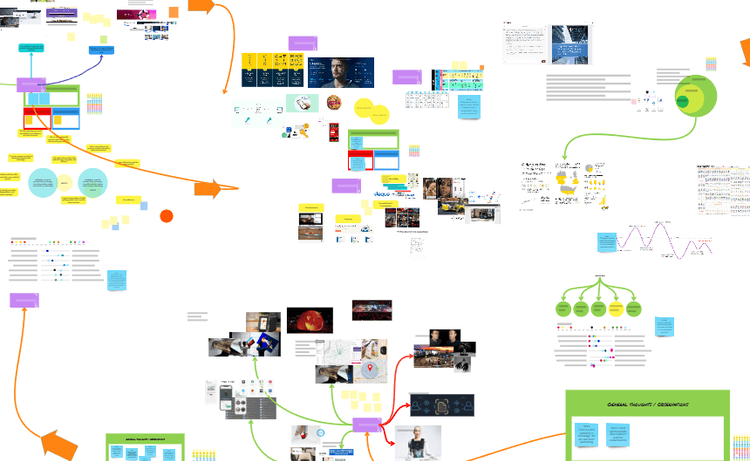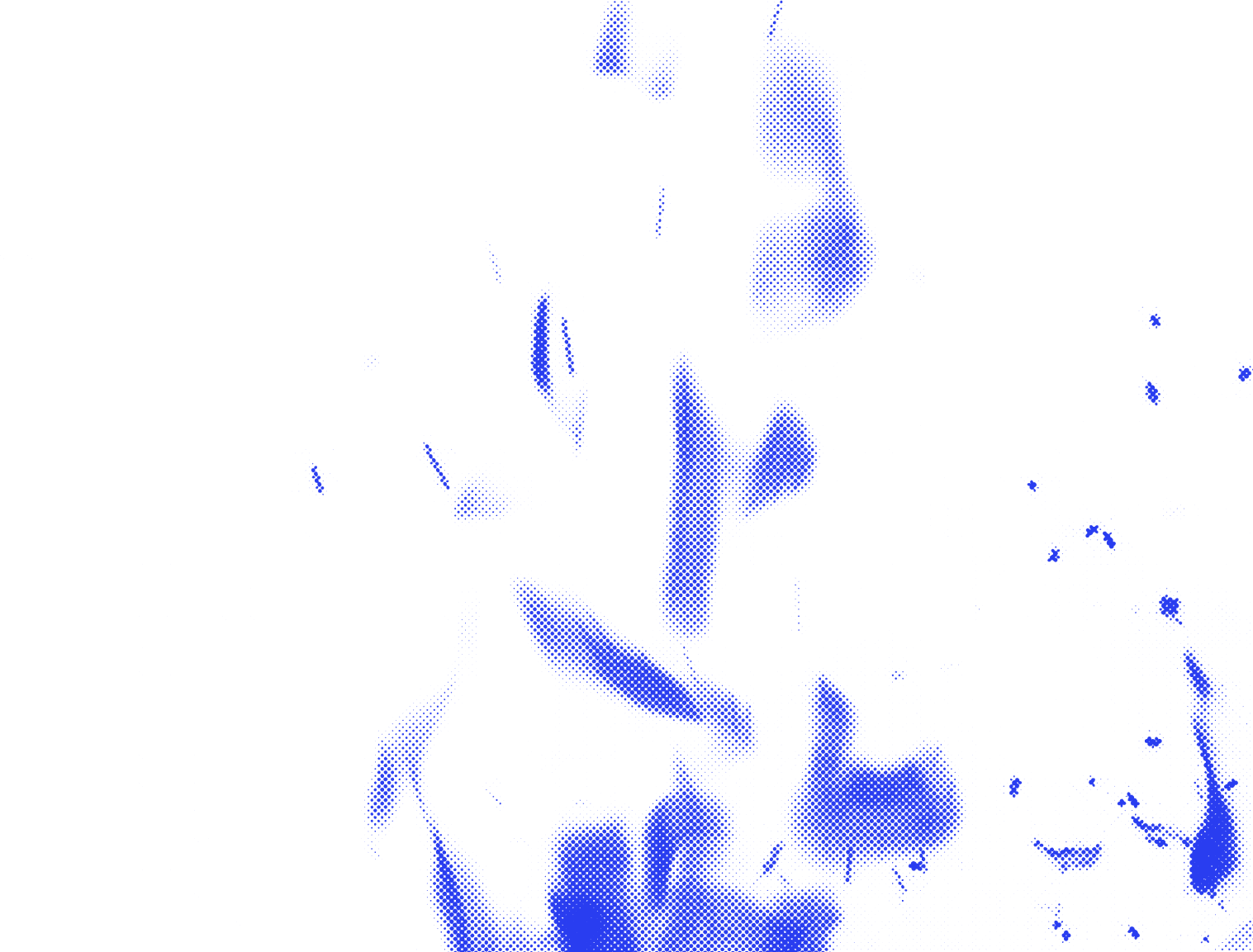
Since learning to code at a young age and later being schooled in my craft in early years - there has been one constant: Boxes. My OG mentor used to say "If you can't draw it in boxes, don't you dare go near your keyboard".
The same is true of web-architecture, composable stacks, retail connected experiences, kinetic art projects... you name it. In a world where we have so much technical capability and flexibility we keep forgetting to use the one tool that binds most groups together - boxes, or more specifically Postit notes.
To craft great technology solutions - you need
- Creative, diverse, and open thinking
- A mission and a north star
- agreements on language, terminology and tooling.
- exposure to the art of the possible
- supported by the software, SaaS, platforms and vendor that offer up the art of the doable.
Each of these needs a plan, that feeds into a master plan. But to have all of the above - you need a very varied set of human brains.
I've been building architectures, solutions, experiences, and PoCs for 25 years. I must have run 1000 workshops all over the world for all sorts of people from Global CEOs to local managers. One thing remains true - Boxes are the quickest way to convey information, be visual, adjust, edit and collaborate. People hate wordy dull presentations, and long word documents but in my experience these are most companies' greatest enemy.
Feasibility studies. Strategy documents. Lever arch files (physical and electronic) full of words that few people have ever read or will ever read. We all know as we contribute to these documents that they are dead a week after they are sent. At OutcomePath, you'll have to accept working with us that we'd rather spend an hour with Post-its than three months writing a 100 page vanishing strategy doc in one long hard linear semantic streak of words.
There is much research on the ways we learn, the top-downs versus the bottom-up thinkers - and the wild card creative types who bring the magic and the mayhem. But we still force people into the same ways of ideating and then squeeze them into capturing the information in a way that only suits a few.
No architect ever built a building with a Word doc. It's not the way technical or product architects should either.
This is also the start of what we call "the Solution Silo" - more on that later but in essence this is the step in the process that divides the teams into sub tasks based on their ways of working - rather then overcoming it to empower their way of collaborating.
The human ability to construct and navigate comes from learning with our bodies and eyes long before we learn with language. Both in gaining control of our own bodies and genetically we learn via millions of years of kinetic and biomechanical evolution. Why ignore that stuff? An organisation needs to interact with its own body corporate visually. See how the bits interact. See where the holes are. Show on the Post-it where systems and functions fit with what customers and the business need to buy and grow. Work out strengths and weaknesses as you might have done as a child grappling in that sandpit. Wrestle post-its, move them around, test what they look like in different boxes. Scribble, grab, scrunch, double down.


